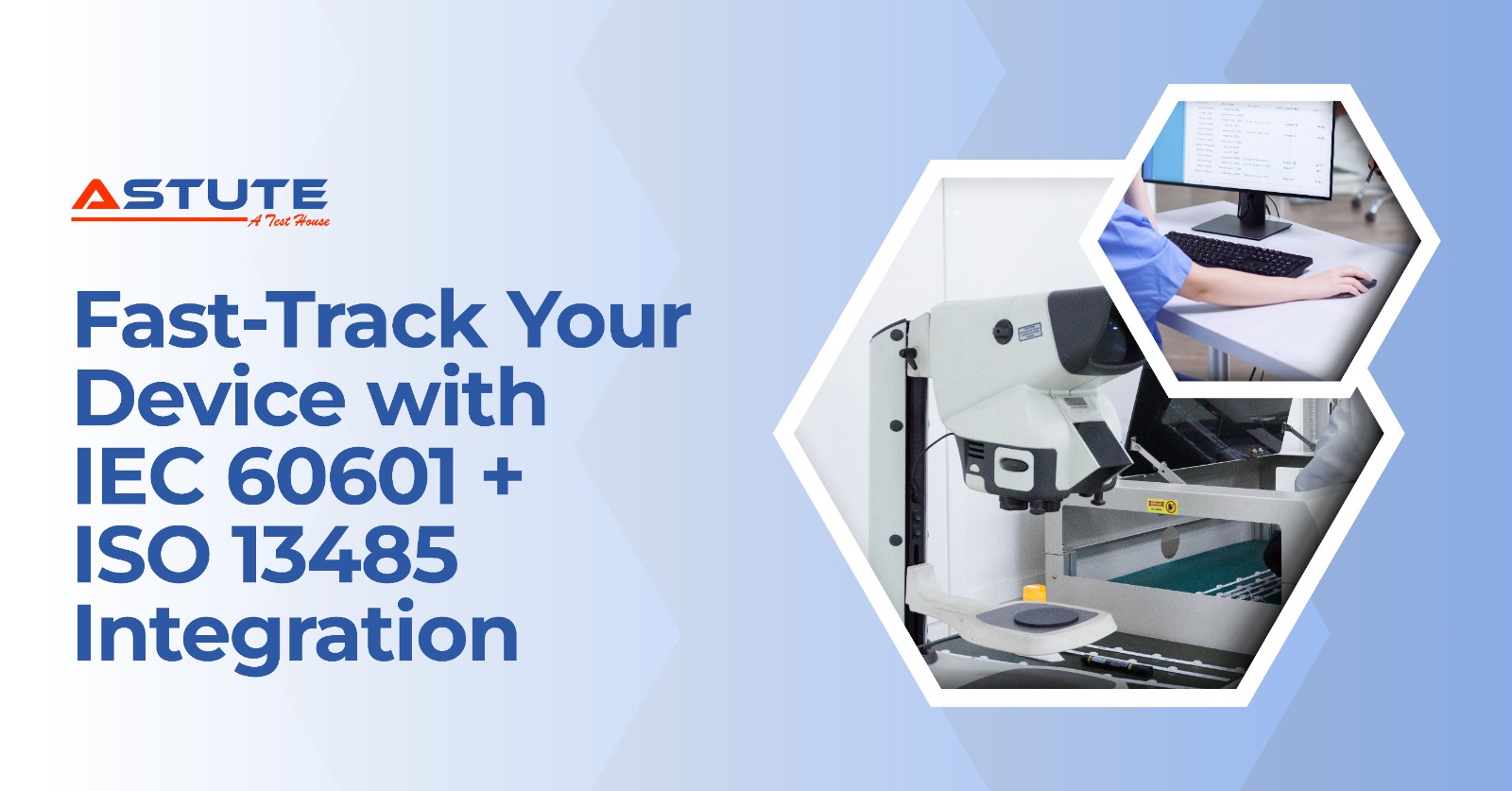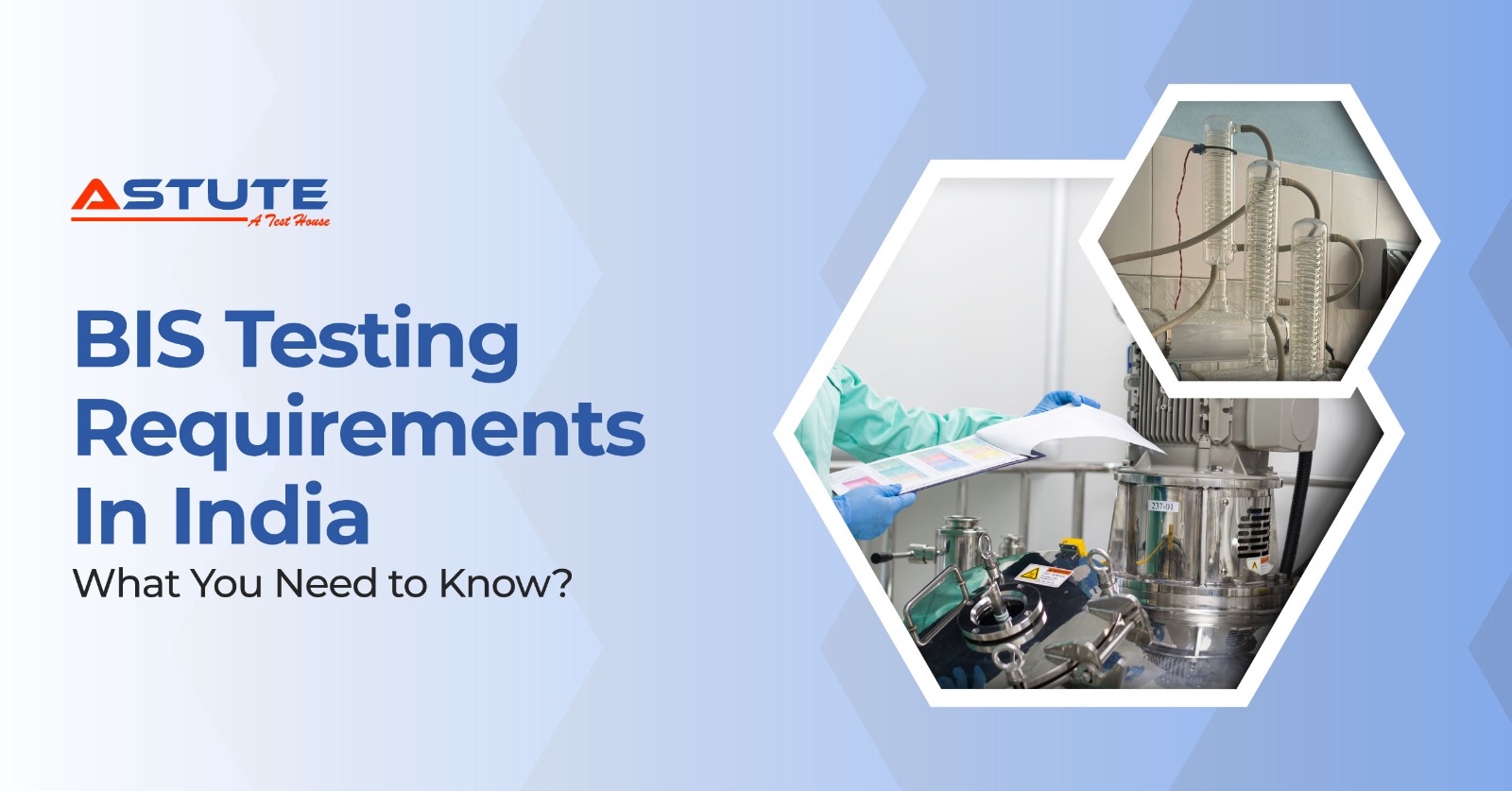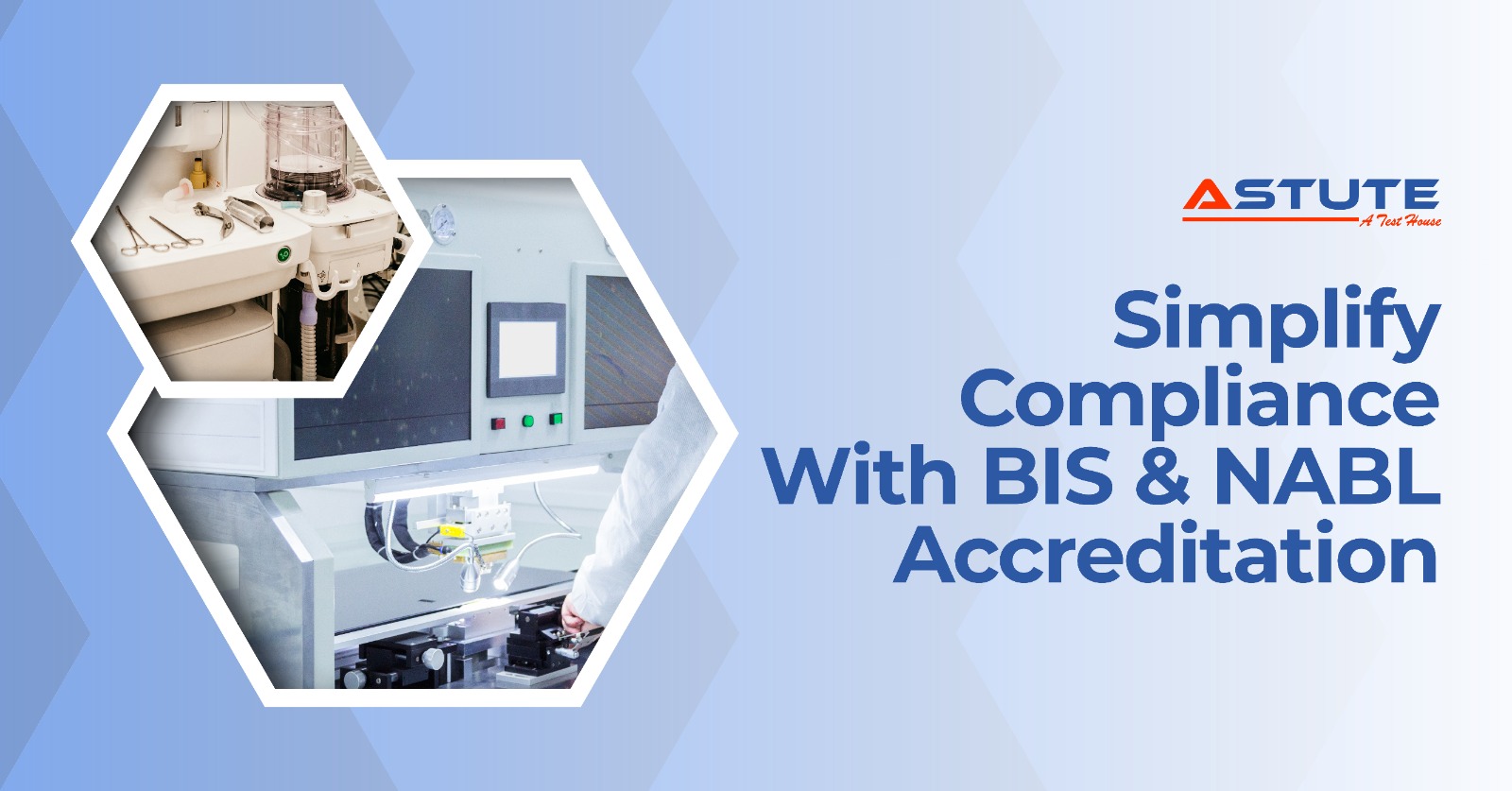The Role of NABL in Medical Device Testing
In India, the National Accreditation Board for Testing and Calibration Laboratories (NABL) plays a key role in ensuring that testing facilities meet global requirements for accuracy and reliability. Laboratories accredited under ISO/IEC 17025 follow structured systems for calibration, measurement traceability, and method validation, all of which are crucial when proving the safety and performance of medical devices.
Because NABL is part of the ILAC Mutual Recognition Arrangement, test data generated by accredited facilities are recognized in over 100 countries. This global acceptance gives manufacturers a distinct advantage when exporting or filing submissions across multiple markets.
To understand how NABL accreditation strengthens laboratory credibility, see what makes an accredited medical device testing lab reliable.
Integrating IEC 60601 Standards within a NABL-Accredited Lab
IEC 60601-1 forms the foundation for electrical safety and performance in medical devices. It ensures that products such as ventilators, defibrillators, and infusion pumps remain safe and stable during operation.
Testing under NABL accreditation adds another level of confidence. Every reading, from leakage current to insulation resistance, is taken using calibrated instruments, in controlled environments, and with documented uncertainty values.
If your product involves electromagnetic components, IEC 60601-1-2 testing is equally important. NABL-accredited labs can identify emission or immunity failures before final certification. Learn more in IEC 60601-1-2 EMC Testing for Medical Devices.
Manufacturers preparing for full-scope testing can review Astute Labs’ Medical Device Testing Services for electrical, mechanical, and performance evaluations that align with Indian and international standards.
Connecting NABL Testing with ISO 13485 Quality Systems
While IEC 60601 focuses on product safety, ISO 13485 ensures consistent quality management throughout design, production, and post-market processes.
Test data from NABL-accredited facilities aligns naturally with ISO 13485 because both frameworks emphasize documented control and objective evidence.
Key integration points include:
- Design verification: NABL test reports can be directly mapped to design verification requirements within ISO 13485 documentation.
- Supplier qualification: Selecting an accredited testing partner satisfies supplier evaluation requirements outlined in clause 7.4.1.
- Risk management: Findings from IEC 60601 tests connect with the ISO 14971 risk file to verify safety controls.
- Audit preparedness: Accredited reports, calibration certificates, and raw data support audit traceability and reduce follow-up queries.
For help managing timelines and approvals, read our post on reducing medical device certification delays.
Practical Workflow for Integrated Testing
Phase | Key Activity | Outcome |
1. Scoping and Planning | Identify applicable IEC 60601 clauses and accessories | Defined testing scope aligned with device risk class |
2. Pre-Compliance Screening | Conduct early leakage, EMC, or temperature checks | Detect issues before formal testing |
3. Formal Testing | Execute NABL-accredited IEC 60601 tests | Reliable, traceable test data |
4. Reporting and Documentation | Obtain clause-wise reports with calibration and uncertainty details | Audit-ready evidence |
5. Integration into ISO 13485 QMS | Attach reports to design verification and risk management files | Complete traceability for compliance |
For more on early testing advantages, see why pre-compliance EMC testing matters for medical devices.
Important Factors Before Starting NABL Testing
- Check the lab’s NABL scope: Ensure it includes the specific IEC 60601 parts applicable to your product.
- Confirm standard editions: Match the edition used for testing with your target market requirements.
- Review uncertainty statements: For borderline values, uncertainty determines pass or fail justification.
- Verify calibration records: Confirm that calibration certificates link to national or international standards.
For guidance on device classification and required testing, visit Medical Device Testing Requirements by Class.
Why Integrated Testing Improves Compliance Outcomes
Aligning NABL-accredited testing with IEC 60601 and ISO 13485 frameworks helps manufacturers reduce delays, minimize documentation errors, and strengthen regulatory acceptance.
It creates a single, verified data stream that supports BIS submissions, CDSCO applications, and ISO 13485 audits.
To understand the approval process and documentation expectations in India, read our CDSCO Approval Process for Medical Devices. To begin your testing project or clarify standard requirements, contact us.
Frequently asked questions
01. What does NABL accreditation confirm for a laboratory?
It validates the lab’s technical competence under ISO/IEC 17025, including calibrated instruments, documented uncertainty, and verified test methods.
02. Why is NABL accreditation important for IEC 60601 testing?
Accredited testing provides results that regulators and auditors recognize as technically sound and traceable.
03. How does NABL testing support ISO 13485 audits?
Reports from NABL-accredited labs serve as objective evidence for design verification and supplier qualification.
04. Is NABL accreditation required for pre-compliance testing?
While not mandatory, accredited pre-compliance ensures data traceability and consistency with final testing.
05. Are NABL test reports accepted internationally?
Yes. Through NABL’s membership in the ILAC MRA, accredited results are recognized by partner countries worldwide.




